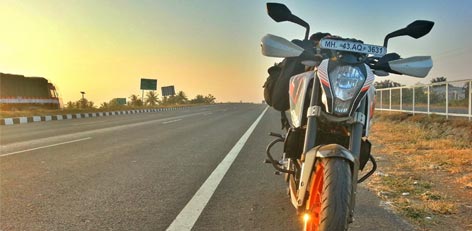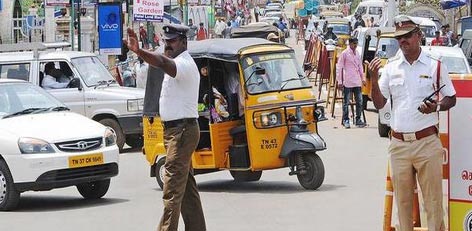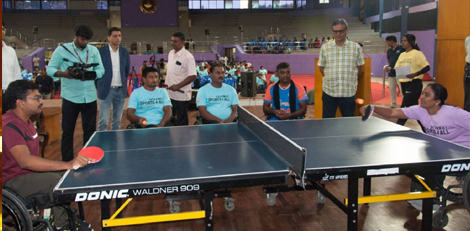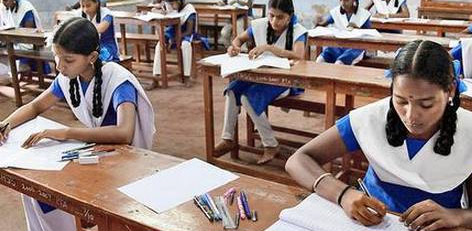Bikes-only Lanes to be laid on Chennai bypass
Posted on: 02/Mar/2018 11:44:12 AM

Chennai Bypass is the most accident prone zone of the cities connecting highway roads to the exterior parts. Official reports confirmed that most of the accidental death and injuries happened over last few years in Chennai bypass were for bike riders. The four wheelers and heavy vehicles are also a source of accidents involving two wheelers, the heavy damage is obviously always for the bike riders only.
In order to eliminate this danger factor from the bypass road of Chennai State government concerning the road construction authority proposed a plan to set up a four meter wide lane dedicated only for two wheeler in that full stretch. When the Central government approves this the plan will be devised and executed by the National Highways Authority of India (NHAI).
At present the five meter median will be reduced to one meter as a dedicated two wheeler lane close to the median, two meters on the both sides of the road respectively.
More than 50 fatal accidents were officially reported on the Puzhal to Perungalathur stretch of 32 kilometers. The high speeding trucks, Lorries and four wheelers are comparatively less prone to accidents which makes the dedicated bike lanes as a best option for the road safety. During the peak hours the Chennai bypass is almost like a hell of chaos plucking thousands of innocent lives.
Back in 2010 when this 400 crore budgeted roads were laid the bypass had only a sparse amount of population. Now the situation is totally different as the real estate scenario took a big turn populating these outskirts and suburban areas. Thus making it a complete hurricane center of accidents.
As per the reports of NHAI 24,000 vehicles daily use the four way lane including heavy vehicles, Buses and Cars. But there is only three service roads � Patrvakam, Ambattur and Vanagaram for connecting the highways. This further increase the congestion of the vehicles causing more accidents.
NHAI is waiting for the further approval from the Central authority to accelerate the process as soon as possible, as it involves the safety of the public.







